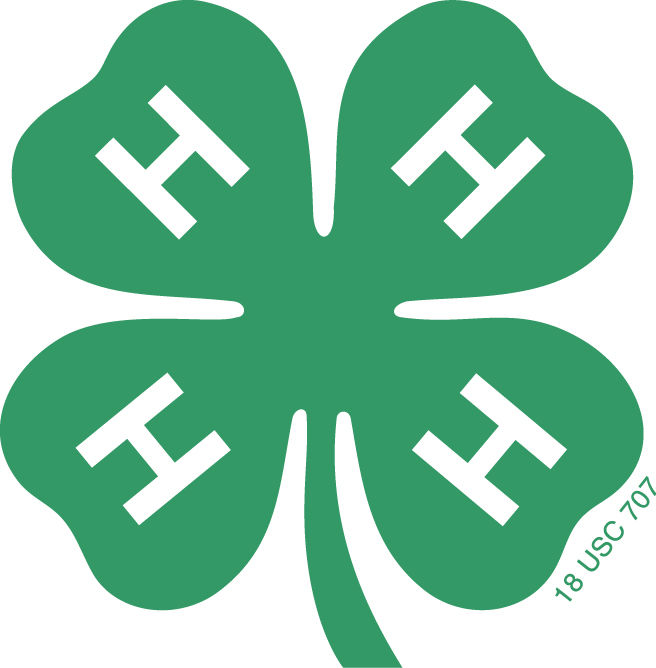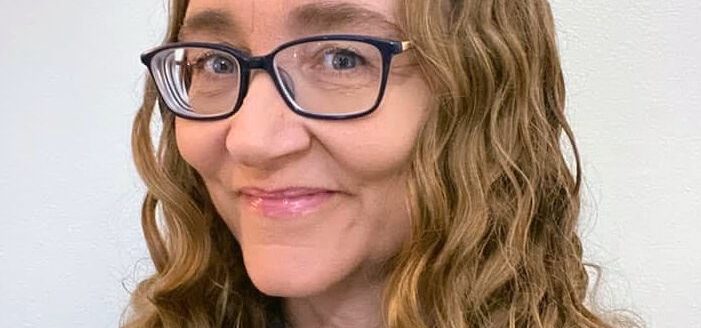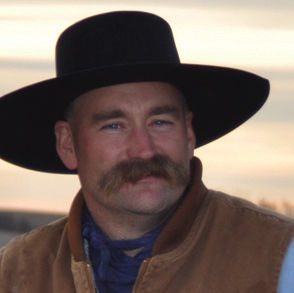While browsing the exhibits at the recent Kansas State Fair in Hutchinson and searching for my daughter’s projects, I marveled at all the creativity and talent on display inside 4-H Centennial Hall. I wondered how many collective hours Kansas 4-Hers had spent working on projects to fill the building with art, crafts, baked goods, clothing, photographs, rock and insect collections, and more.
The 4-H organization has long been known for its commitment to learning by doing. 4-H members actively engage in caring for livestock as well as making, baking, collecting, sewing, painting, drawing, programming, experimenting, launching and photographing.
They’re also serving their communities and developing skills in communication, teamwork and leadership. According to the National 4-H Organization, members participate in 5 million science projects, 2.5 million healthy living projects and 2.5 million citizenship projects annually.
Considering all that the country’s nearly 6 million 4-H members are busy doing, it’s appropriate that the theme of National 4-H Week, Oct. 7 to 13, is Inspire Kids to Do. The focus of the campaign, which will continue throughout the coming year, is to encourage and empower even more kids to engage in hands-on learning and doing. The more kids do, the more they develop skills they need for life and careers.
For success in life and their future careers, today’s kids need to be able to adapt to change and solve problems. They also need to develop critical soft skills like confidence, resilience and curiosity. 4-H enables kids to work on those skills while pursuing subjects they’re interested in and investigating topics on a deeper level through years of experiential learning.
4-H’s programming in STEM—science, technology, engineering and mathematics—healthy living, community service and agriculture also helps kids develop technical skills that may spark a passion that leads to a future career. During this year’s 4-H National Youth Science Day challenge, Code Your World, students will learn programming and critical thinking skills as they complete hands-on computer science activities.
Subject areas such as robotics and rocketry, GIS mapping and unmanned aerial systems may pique the interest of today’s kids. Some may even dream of following in the footsteps of Peggy Whitson, an Iowa 4-H alumna and recently retired astronaut who spent an American-record 665 days in space.
As a former member of the Happy Crickets 4-H Club in Graham County, Kansas, and a current 4-H mom in Ford County, I have seen the benefits of experiential, project-based learning through our involvement in 4-H. When I visit the state fair, I am familiar with all the successes and failures and behind-the-scenes learning that had to happen before a woodworking project or quilt could win a trophy or a steer could be named champion. Before my daughter won a blue ribbon with Grandma Brunk’s chocolate waffle cookies, she had to learn to follow a recipe and experiment to find just the right baking temperature and time to produce a consistent batch of cookies. She also had to learn from experience that although unsweetened baking chocolate may look like a Hershey bar, it doesn’t taste like one.
Most 4-H projects won’t be displayed at the state fair, and many may not even win a trophy or purple ribbon at the local fair. But all the time spent learning and practicing skills while doing those projects is invaluable to 4-H members.
Visit 4-H.org or contact your local Cooperative Extension office to learn more about 4-H opportunities in your area or to get involved in teaching kids these needed life skills. Club leaders, project leaders and other adult volunteers are critical to the continued success of the 4-H program. You can inspire kids to do, too!
Shauna Rumbaugh can be reached at 620-227-1805 or [email protected].



